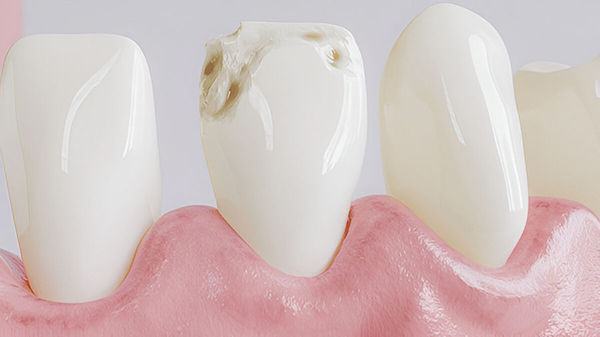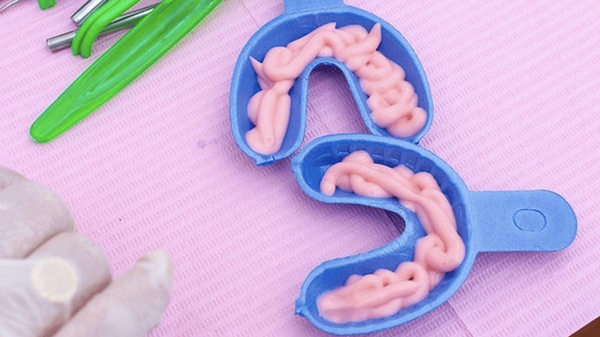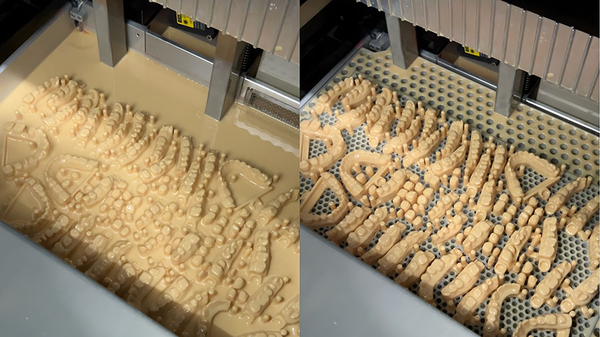Discover the historical significance, advantages, and modern applications of gold orthodontic wires. Learn about their biocompatibility, corrosion resistance, and why they paved the way for advancements in orthodontic materials. Explore their limitations and specialized uses in today’s dental treatments.
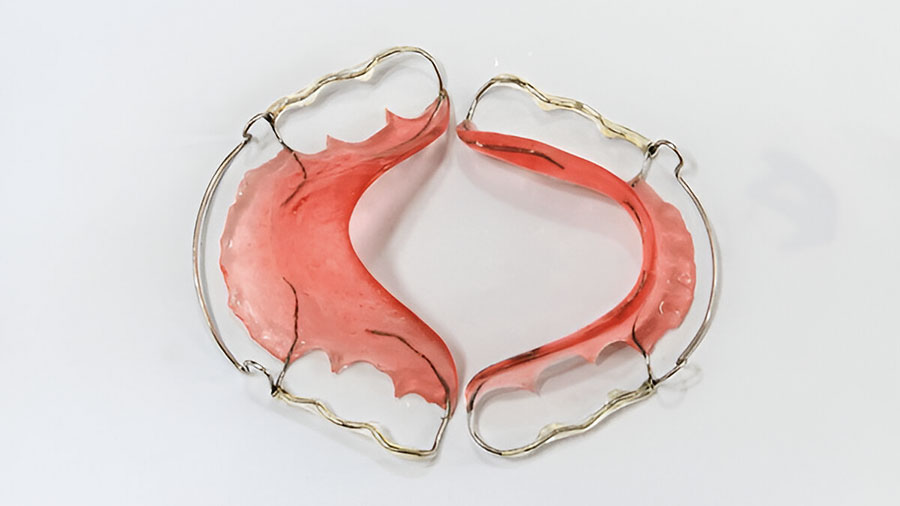
Table of contents [Show]
Orthodontic archwires are a fundamental component in orthodontic treatment, playing a pivotal role in tooth movement and alignment. Over the years, advancements in materials and technology have significantly improved the performance, durability, and patient satisfaction associated with these wires. This article provides an in-depth look into various aspects of orthodontic archwires, including material comparisons, recent innovations, corrosion concerns, and research trends.
Assessment of Various Archwire Materials
Orthodontic archwires are made from a variety of materials, each offering unique mechanical properties that make them suitable for different stages of treatment. A comparative study (PMC11488987) examined the mechanical properties of stainless steel, nickel-titanium (NiTi), beta-titanium, and esthetic archwires.
Key Findings:
Stainless Steel
Highest tensile strength: 900 N.
Yield strength: 780 N.
Elastic modulus: 200 GPa.
Surface roughness: Lowest among all materials, reducing friction during tooth movement.
Clinical Application: Ideal for finishing stages due to its strength, stiffness, and precision in tooth positioning.
Nickel-Titanium (NiTi)
Known for its superelasticity and shape memory properties, NiTi wires are highly effective in the initial alignment phase.
Provides consistent, light forces over a long period, reducing the need for frequent adjustments.
Beta-Titanium
Offers a balance between flexibility and stiffness, making it suitable for intermediate treatment phases.
Excellent for controlled tooth movement and torque adjustments.
Esthetic Archwires
Designed for patients seeking more discreet treatment options.
Typically coated or made from composite materials to match the natural tooth color.
Slightly less durable compared to metal wires.
Each material has its advantages and limitations, emphasizing the importance of selecting the right wire for each stage of orthodontic treatment.
Recent Advances in Orthodontic Archwires
Orthodontics has come a long way since the first gold wires were introduced. Modern innovations have revolutionized the functionality, aesthetics, and patient experience of orthodontic treatment (PMC10667943).
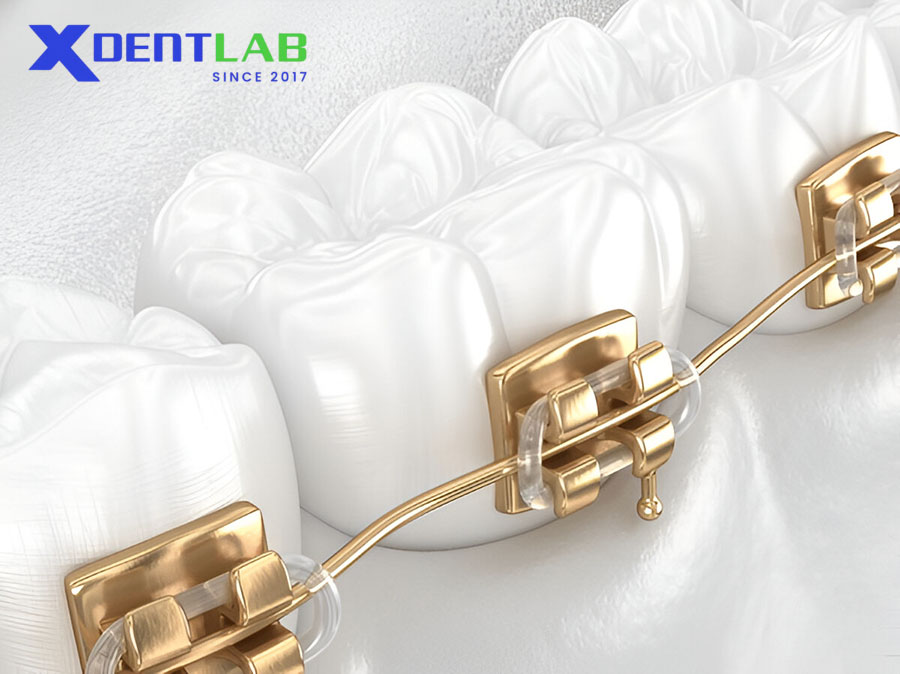
Historical Context
Gold was the first material used in orthodontic archwires due to its biocompatibility and corrosion resistance. However, its softness and lack of resilience limited its effectiveness for tooth movement.
Modern Innovations
Robotic Wire Bending Systems: Precision manufacturing of custom archwires tailored to individual patient needs.
Bactericide Archwires: Coated with antimicrobial agents to reduce plaque accumulation and improve oral hygiene during treatment.
Organic Polymer Wires:
Lightweight and flexible, providing improved patient comfort.
Aesthetic options cater to patients seeking less noticeable appliances.
These advancements have improved treatment efficiency, patient satisfaction, and the overall orthodontic experience.
Galvanic Corrosion Concerns in Orthodontics
When combining different metals in orthodontic appliances, galvanic corrosion can occur, potentially compromising the integrity of the materials and patient safety. A study (PMC8191928) investigated the corrosion behavior of gold alloy brackets with various archwires.
Key Insights
Incognito Brackets: Made of high gold alloy, these brackets are popular for lingual orthodontics due to their biocompatibility and aesthetics.
Corrosion Findings:
Most bracket-wire combinations showed acceptable galvanic compatibility.
Fluoride Media: Caution is advised when using NiTi wires with gold brackets in fluoride-containing environments, as this can accelerate corrosion.
Clinical Recommendations
Avoid prolonged exposure to fluoride treatments when using gold brackets with NiTi wires.
Regular monitoring of appliances can help mitigate potential corrosion issues.
Orthodontic Wires: A Decade of Research
A bibliometric study (PMC10593365) analyzed 257 articles on orthodontic wires published between 2010 and 2022, highlighting key research trends and advancements.
Key Findings:
Most Common Theme: Mechanical properties of archwires.
Research Output: Published across 100 journals, with 15 orthodontic-specific journals leading the field.
Ongoing Interest: Reflects the continuous evolution and importance of wire materials in orthodontics.
This research underscores the commitment of the orthodontic community to improving wire performance, durability, and patient outcomes.
Gold Orthodontic Wires: Historical Context and Properties
Gold wires hold a special place in the history of orthodontics as the first material used for tooth movement. While largely replaced by modern materials, their historical significance and unique properties remain noteworthy.
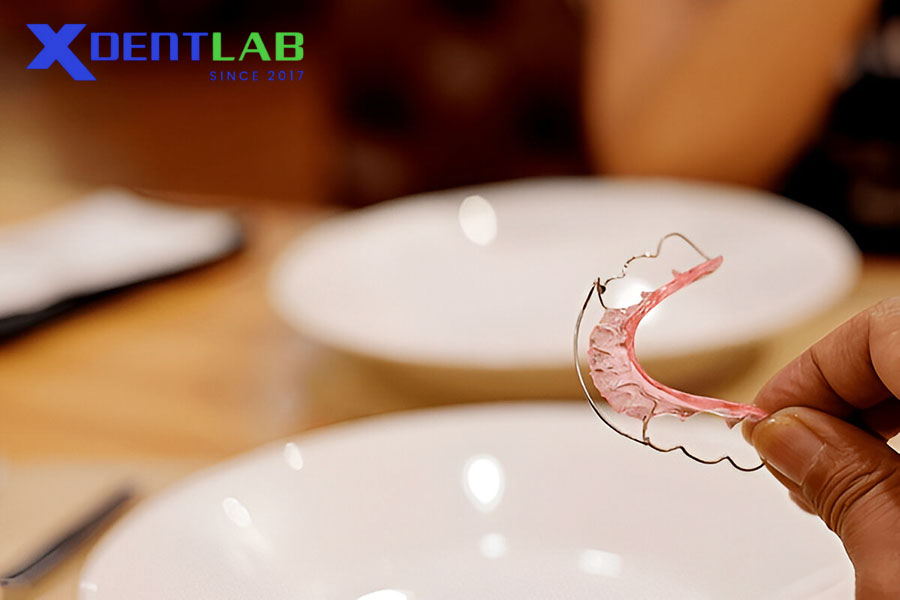
Advantages of Gold Wires
Biocompatibility: Minimal allergic reactions and excellent tissue compatibility.
Corrosion Resistance: Superior resistance to degradation in the oral environment.
Malleability: Easily shaped and adjusted chairside.
Non-toxic: Safe for use in the oral cavity with no harmful ion release.
Disadvantages
Low Stiffness: Lacks the resilience required for efficient tooth movement.
High Cost: Significantly more expensive than modern alternatives.
Limited Force Delivery: Cannot provide consistent forces like superelastic NiTi wires.
Frequent Adjustments: Prone to permanent deformation, requiring more frequent activations.
Modern Applications
Gold is rarely used in its pure form today but remains relevant in specific applications:
Gold-plated wires: Combine the strength of base metals with gold’s biocompatibility.
High gold content brackets: Such as Incognito lingual brackets, offering aesthetic and biocompatible solutions.
Specialized cases: For patients with severe metal allergies.
Clinical Considerations
When gold components are combined with other metals, galvanic corrosion must be carefully managed. Research shows acceptable compatibility with stainless steel wires but advises caution when pairing with NiTi wires in fluoride environments.
Conclusion
The evolution of orthodontic archwires from gold to modern materials like nickel-titanium and beta-titanium represents a significant leap in orthodontic treatment. Each material offers unique properties that cater to different clinical needs, ensuring effective and efficient tooth movement.
Advancements in technology, such as robotic wire bending and bactericide coatings, have further enhanced the functionality and patient experience of orthodontic appliances. While gold wires hold historical importance, modern materials have set new standards in performance, durability, and aesthetics.
As research continues to explore new materials and technologies, the future of orthodontic archwires promises even greater innovation, ensuring better outcomes for both practitioners and patients.
XDENT LAB is an expert in Lab-to-Lab Full Service from Vietnam, with the signature services of Removable & Implant, meeting U.S. market standards – approved by FDA & ISO. Founded in 2017, XDENT LAB has grown from local root to global reach, scaling with 2 factories and over 100 employees.. Our state-of-the-art technology, certified technicians, and commitment to compliance make us the trusted choice for dental practices looking to ensure quality and consistency in their products.
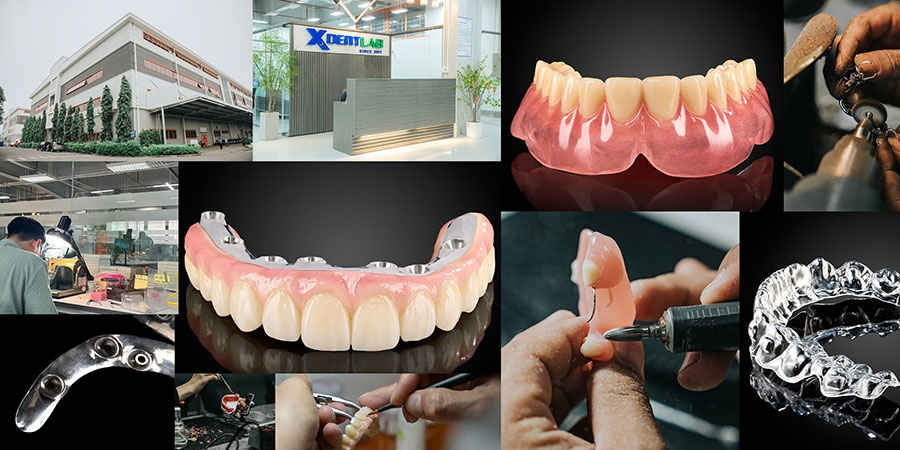
Our commitments are:
100% FDA-Approved Materials.
Large-Scale Manufacturing, high volume, remake rate < 1%.
2~3 days in lab (*digital file).
Your cost savings 30%.
Uninterrupted Manufacturing 365 days a year.
Contact us today to establish a strategy to reduce operating costs.
--------❃--------
Vietnam Dental Laboratory - XDENT LAB
🏢 Factory 1: 95/6 Tran Van Kieu Street, Binh Phu Ward, Ho Chi Minh City, Vietnam
🏢 Factory 2: Kizuna 3 Industrial Park, Can Giuoc Commune, Tay Ninh Province, Vietnam
☎ Hotline: 0919 796 718 📰 Get detailed pricing
Share this post:

